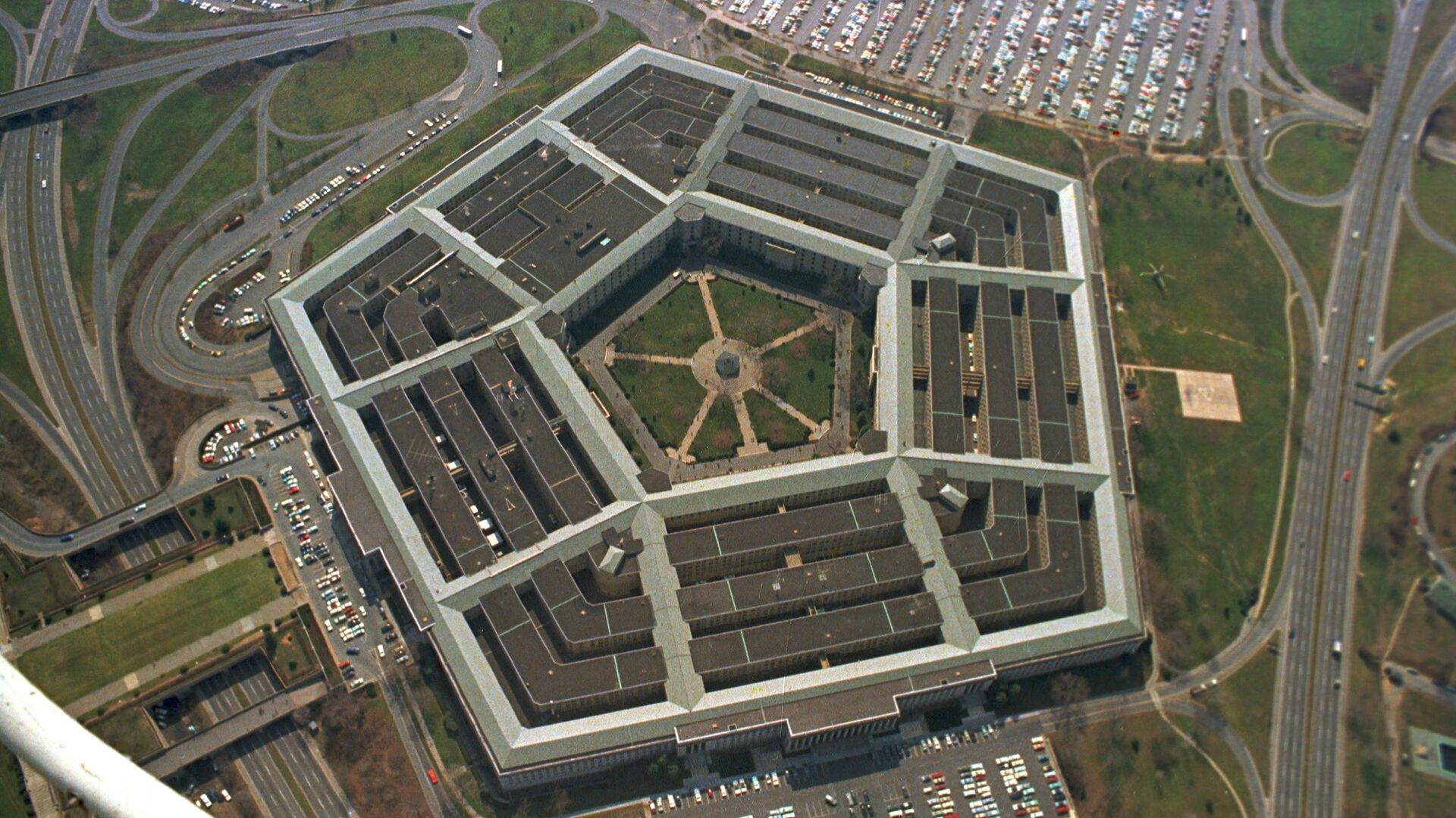Ex-Pentagon Official Accuses Military of Spreading Misinfo to Make US ‘Look Stronger Than We Are’

© AP Photo
Subscribe
Western media have accused China of carrying out secret testing of a nuclear-capable hypersonic glide vehicle (HGV). Chinese officials dismissed the claims, saying that the testing involved reusable rocket technology for the country’s space programme.
A former Pentagon insider serving as chief software officer for the US Air Force has accused the military of deliberately spreading false information on America’s capabilities, and indicated that he was not at all surprised by China’s recent alleged HGV testing activities.
“We are running out of time. What we see coming out of China right now is really concerning,” Nicholas Chaillan, who resigned from his post earlier this month after warning that America was falling behind critically to the People’s Republic on defence, said, speaking to Fox News on Thursday.
“When you see what’s going on right now in the department with the lack of accountability and also the lack of agility, which effectively puts us behind, the former official said, adding that “slowly but surely, you see China waking up and moving faster and even accelerating their pace” in the development of advanced military capabilities.
“Army leaders recently even publicly said in response to my resignation that we have allegedly artificial intelligence baked into the Army’s systems from the get-go, where anyone in the department knows that is just not true. So when you see leaders not only fail to lead, but now share misinformation across industry just to make people feel better about themselves, and make us look stronger than we are, we’re just compounding the problem,” Chaillan suggested.
In an interview with the Financial Times last week, Chaillan said that he believed the US had “no competing fighting chance against China in 15 to 20 years,” and warned that at the moment, China’s superiority was “already a done deal.”
Army chief information officer Raj Iyer rejected these allegations, saying they were “absolutely not true,” and assuring Americans that the US was not behind in the AI race, and that China was actually stealing US technology using “nefarious methods and cyberattacks.” Washington, Iyer insisted, had “the best AI technology.”
“The issue is often that we get complacent. We’ve been leading for so long -and you’ve seen this throughout history where nations leading so far ahead that they – we call China in the department a ‘near-peer adversary’, that’s just giving more fuel to the fact that they are in my opinion a ‘peer adversary’ in what matters the most, which are the capabilities that will really make a difference in the next fights,” Chaillan said in his Fox interview.
The former officer suggested that the US has committed gargantuan amounts of cash to projects like the $1.7 trillion F-35 programme, it has lagged behind on cybersecurity, advanced technology, and investment in education. The US college system is so bad in the technology fields that it’s almost pointless to get a degree today, Chaillan claimed.
The US has dramatically underestimated China, Chaillan suggested. “We’ve seen it again with the hypersonic launch a few days ago, where again we are always allegedly caught by surprise. I was not,” he said.
“When you look at the launch – that shows the importance of artificial intelligence. These missiles are able to move and have a different velocity and be harder to track and to target. The better way and probably the only way to succeed in defending ourselves against these kinds of attacks will be through artificial intelligence capabilities,” the former official noted.
Chaillan resigned from his post as the Air Force’s chief software officer last month after working with the military branch for three years.
In the wake of reports of China’s latest alleged hypersonic testing activities, some US officials have urged Washington to pump more money into the military-industrial complex. China dismissed the weapons testing claims, saying its launch was a “routine” trial of reusable space rocket technology. China’s Global Times newspaper, meanwhile, suggested that while it was “meaningless” to discuss the credibility of Western reporting on the matter, it was “important to note the unstoppable trend that China is narrowing the gap with the US in some key military technologies.”
China already has at least one hypersonic weapons system – the DF-ZF, in operation, with the hypersonic glide vehicle introduced with the People’s Liberation Army Rocket Force in October 2019. The glide vehicle is designed to be mounted aboard the DF-17 medium-range ballistic missile, and is reportedly capable of accelerating to speeds of up to Mach 10. In addition to their potential as a nuclear weapons delivery vehicle, they are suspected of being able to carry out conventional strike missions against both ground and sea-based targets.

Military vehicles carrying DF-17 missiles participate in a military parade at Tiananmen Square in Beijing on October 1, 2019, to mark the 70th anniversary of the founding of the People’s Republic of China
© AFP 2023 / GREG BAKER
The United States has over half-a-dozen hypersonic weapons programmes of its own in development, but none have received operational status. The closest to being ready is the Common Hypersonic Glide Body system for the Army and Navy. Earlier this month, the Army said it had taken delivery of its first CHGB system, including a battery, operations center, transporter-erector launchers, trucks and trailers, but not the hypersonic rounds themselves – which aren’t expected to be ready until 2023.



